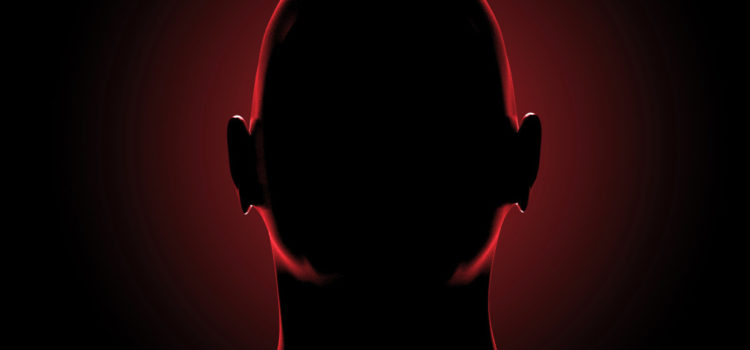
They aren’t the same. Going back to at least Hitchcock (one of my faves), who brought the muddy term “psycho” into the public psyche, conflated the definitions as if all are violent, and all “crazy” is crazy.
I’m sure there are briefer answers out there for those wondering what’s the difference between psychotic and psychopathic. And even though SRSLY made it into the OED because of its widespread use, lay inaccurate uses of the term psychotic will likely not.
Briefly in discussing how we got here, the words are interchanged because they sound alike, and are used commonly to describe someone “out of control,” often in an unpredictable or dangerous way. In a way that is accurate for both.
Psychotic refers to someone who has detached from reality in a severe way that the common person would believe they are ill. Common examples of psychotic disorders include schizophrenia, schizoaffective (kind of schizophrenia and bipolar in one). People with psychosis can have hallucinations (hearing or seeing things that aren’t there), delusions (believing things that are known to be false or fantastical, like aliens are controlling their mind through a chip), paranoia (belief others might be following or trying to hurt them), magical thinking (believing they have special powers or could control things that they cannot), or ideas of reference (believing TV or commercials has special messages inlaid just for them personally). Now there are some mimics for any of these, so a single symptom shouldn’t be taken as proof of a condition, but instead the whole picture examined by a professional. Even then many professionals can get it wrong. We do the best with the information we have available.
People with psychotic disorders seem scary because their break from reality can make them unpredictable. Research evidence is quite mixed as to whether they are more dangerous than anyone else. Aside from some individuals who make headlines in terrible ways, on average they probably are not more dangerous than anyone else.
Psychopathic refers to someone without a conscience, who exists on a spectrum from your con man (self-involved, uses others for own benefit, not prone to violence) to the serial killer (predatory, gets aroused by hurting people physically or causing suffering). Psychopaths are scary because they seemingly have no limits to what they might do, including hurting others, just for their own benefit or enjoyment. If you want a bit more detailed discussion about psychopaths, see my posting here regarding Walter White and Breaking Bad.
Is it possible for someone to be BOTH psychotic and psychopathic? Unfortunately, it is. That raises all kinds of other topics, and I’ll leave that for my fictional writing.
Is being a psychopath a mental illness? That is an area of debate, both between mental health professionals, and between government/social services individuals and mental health professionals. Attributing it to an illness lessens the idea of culpability and choice, and directs thinking towards treatment and rehabilitation (of which there is little evidence that much works, though there are some small projects out there that might). Not attributing it to a mental illness or even acknowledging the lack of treatment options means the intervention of choice is containment (usually in prison), which raises all kinds of larger questions – should it be the crime that leads to containment? Can professionals feasibly identify psychopaths and identify those who can’t improve? A lot of controversy has arisen regarding the overuse of the PCL-R (a tool used to measure psychopathy), and that misidentified people might be incarcerated indefinitely. The UK has had an interesting experiment with all of this, with the government wanting psychiatrists to treat dangerous individuals with personality disorders. The psychiatrists didn’t want to do it, so the government forced the issue, creating their own name of DSPD (Dangerous and Severe Personality Disorder), and mandating that psychiatrists intervene. It’s an interesting social experiment, and continues to raise questions and controversy.
